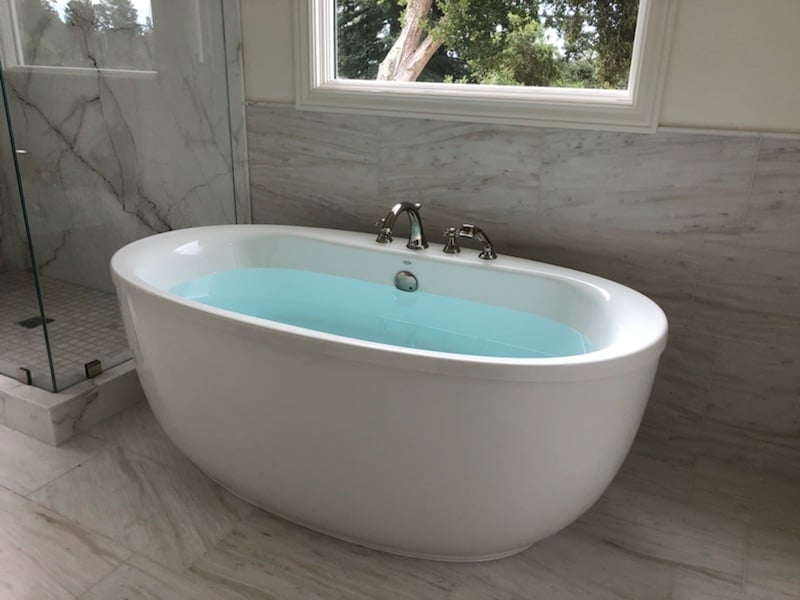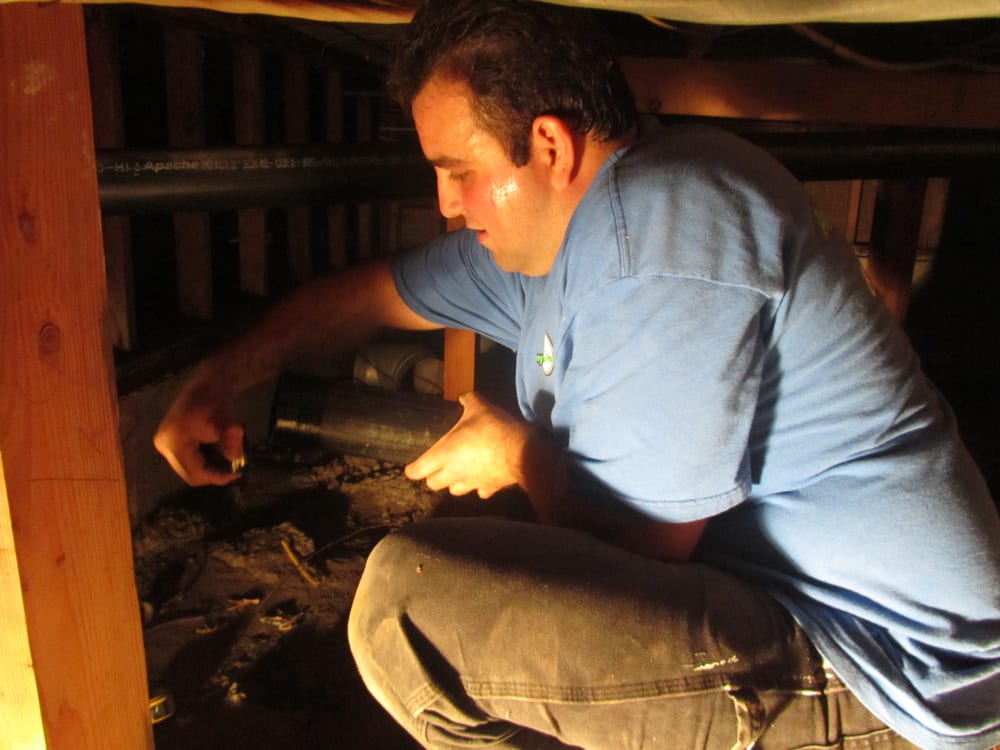
Remodeling Your Bathroom? Plumbing Considerations to Keep in Mind
Bathroom Remodel and Plumbing
Are you dreaming of a new bathroom? Bathroom remodels are exciting, offering a chance to transform your space into a personal oasis. However, amidst choosing tiles and paint colors, it’s crucial not to overlook one key aspect: bathroom plumbing. Whether it’s installing plumbing for a luxurious walk-in shower or ensuring your new sink functions perfectly, plumbing is the backbone of any successful bathroom renovation. In this guide, we’ll walk you through essential plumbing considerations to ensure your bathroom remodel goes smoothly.
Understanding Your Current Plumbing System
Before diving into the world of bathroom remodeling, it’s vital to understand your existing plumbing system. Most bathroom remodels involve some level of plumbing work, whether it’s moving pipes or installing new fixtures. Start by identifying the type of pipes you have – are they PVC, copper, or something else? Knowing the material can help you determine if they need replacing.
Next, consider the age and layout of your plumbing. Older homes might have outdated plumbing that doesn’t meet current standards. Also, the way pipes are laid out can affect your remodeling plans. For instance, if you’re dreaming of a primary bathroom with a spacious walk-in shower and a freestanding tub, you need to know if your current plumbing can support these changes.
A thorough assessment of your current plumbing will help you plan more effectively. It’s often worth consulting an experienced plumber to get a professional opinion, especially if you plan significant changes like moving plumbing lines or adding new fixtures.
Designing Your New Bathroom Layout
The layout of your new bathroom is more than just where to place the towel bars. It’s about creating a functional, comfortable space that aligns with your plumbing capabilities. When planning your bathroom space, consider the location of existing plumbing lines. Moving plumbing can be costly, so if you’re on a tight budget, try to design around current pipe placements.
However, if you’re set on a major overhaul, like adding a walk-in shower or relocating a toilet, be prepared for the additional work and expense of rerouting plumbing lines. It’s essential to balance your dream design with practical considerations.
Also, think about the usability of the space. Ensure there’s enough room for all fixtures, including pedestal sinks or console sinks, and that doors and drawers can open freely without obstruction. Remember to plan for smaller but vital elements like toilet paper holders and storage.
A well-thought-out layout not only maximizes the functionality of your bathroom but also ensures that the plumbing work needed is feasible and within your budget.

Choosing the Right Fixtures and Features
Selecting the right plumbing fixtures is a key part of any bathroom remodel. From sleek, modern faucets to classic cast iron tubs, your choices will define the look and feel of your new bathroom. When choosing fixtures, consider both style and functionality. For instance, low-flow toilets and showerheads can save water, reducing your bills and benefiting the environment.
When it comes to sinks, you have a variety of options, including pedestal sinks, console sinks, and under-mount models. Each has its own set of plumbing requirements. For example, pedestal sinks may offer a classic look but often require specific plumbing configurations.
For showers and tubs, think about your needs and space. A walk-in shower can be a luxurious addition, but it requires careful planning for drainage and water pressure. If you prefer baths, consider the weight of large tubs like cast iron tubs; your floor may need reinforcement.
Remember, the right fixtures can elevate your bathroom from ordinary to extraordinary. Take the time to research and choose fixtures that not only look great but also work well with your bathroom’s plumbing setup.
Water Efficiency and Eco-Friendly Options
In today’s world, being eco-friendly is more important than ever, and your bathroom remodel is a great opportunity to incorporate water-efficient practices. Eco-friendly plumbing fixtures not only help the environment but can also reduce your water bills.
Consider installing low-flow toilets, which use significantly less water per flush compared to traditional models. Similarly, low-flow showerheads can provide a satisfying shower experience while conserving water. These small changes can make a big difference in your home’s overall water usage.
Another aspect to consider is the heating of your water. Tankless water heaters, though more expensive upfront, are more energy-efficient as they heat water on demand rather than storing it. This means less wasted energy and lower utility bills in the long run.
By choosing eco-friendly options, you’re not just creating a beautiful new bathroom; you’re also making a positive impact on the environment and your wallet.
Dealing with Pipes: Material, Size, and Placement
Pipes are the hidden heroes of any bathroom, and choosing the right ones is crucial for a successful remodel. The material of your pipes affects their longevity and compatibility with your home. PVC pipes are popular due to their resistance to corrosion, while copper pipes are known for their durability. PEX piping, a flexible plastic tubing, is becoming a favorite for its ease of installation and resistance to scale and chlorine.
Size also matters. Ensure the pipes are adequately sized to handle the flow rate of your new fixtures. This is especially important if you’re adding multiple fixtures like dual sinks or a walk-in shower. An experienced plumber can help you determine the right size for your needs.
Proper placement of pipes is essential to prevent future problems. Pipes should be laid out in a way that minimizes bends and turns, which can reduce water pressure and increase the likelihood of clogs. Also, consider accessibility for future maintenance and repairs.
Investing time in choosing the right pipes will pay off in the long run by ensuring a smooth and efficient plumbing system in your new bathroom.

Ventilation and Drainage Considerations
Adequate ventilation and drainage are crucial in any bathroom to prevent moisture-related issues like mold and mildew. When planning your bathroom remodel, it’s important to consider these aspects.
For ventilation, an exhaust fan is essential. It helps to remove moist air from the bathroom, keeping it dry and preventing damage to walls and ceilings. Ensure the fan is properly sized for your bathroom space and is vented to the outside, not just into the attic or another room.
Drainage is another critical aspect. The slope of your floor towards the drain, especially in a walk-in shower, is vital for proper water flow. Ensure that your bathroom floor is correctly graded to prevent standing water. Additionally, consider the size and placement of your drains. A larger drain might be necessary if you’re installing features like a walk-in shower or a large tub.
Proper ventilation and drainage are key to maintaining the health and longevity of your bathroom. Neglecting these can lead to costly repairs and health hazards down the line.
Hiring the Right Professionals
For most bathroom remodels, hiring an experienced plumber is a wise decision. Plumbing can be complex, and mistakes can be costly. When choosing a plumber, look for someone with a good reputation, proper licensing, and insurance. Ask for references and check online reviews to ensure they have a track record of quality work.
A skilled plumber can provide valuable insights into the design of your bathroom, suggest the best fixtures, and ensure that all plumbing work is up to code. They can also foresee potential
problems and offer solutions, saving you time and money in the long run.
While some aspects of a bathroom remodel can be DIY, plumbing often requires professional expertise. An experienced plumber will ensure that your new bathroom is not only beautiful but also functional and safe.
Budgeting and Cost-Saving Tips
Budgeting effectively is crucial for a successful bathroom remodel. To avoid overspending, start by setting a realistic budget and sticking to it. Prioritize where you want to spend more, like on a statement piece such as a walk-in shower or a luxurious cast iron tub, and where you can save, perhaps on tiles or accessories.
Consider cost-saving alternatives that don’t compromise quality. For example, refinishing existing fixtures like bathtubs or sinks can be more cost-effective than replacing them. Also, buying fixtures off the shelf rather than custom pieces can save money.
Remember, the cheapest option isn’t always the best in the long run. Investing in quality materials and experienced professionals can save you money on repairs and replacements down the line.

Conclusion
Remodeling your bathroom is an exciting journey that can significantly enhance your home’s comfort and value. By keeping these plumbing considerations in mind, you can ensure that your new bathroom is not only visually appealing but also functional and efficient. Remember to understand your current plumbing, plan your layout carefully, choose the right fixtures, and hire experienced professionals. With thoughtful planning and attention to detail, your bathroom remodel can be a resounding success.







